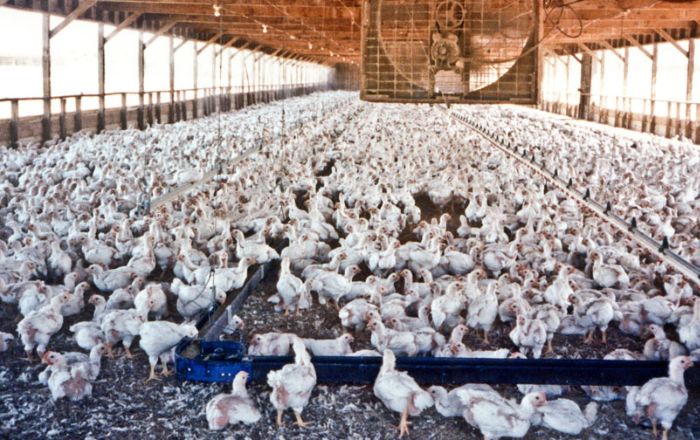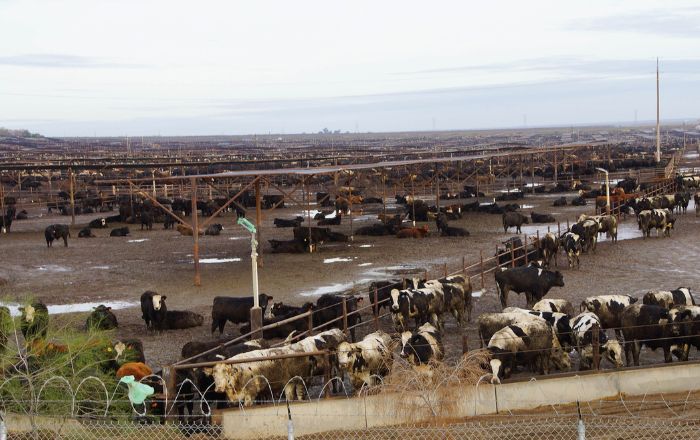
Concentrated Animal Feeding Operations, (CAFOs), aka ‘factory farms,’ are large, industrial facilities designed to intensively breed or grow thousands of animals for high output of meat, milk, or eggs.
CAFOs cram animals into high-density, confined spaces, putting animals under unnatural & distressing conditions, and generating tons of waste.
Sadly, CAFOs dominate our animal food system today.
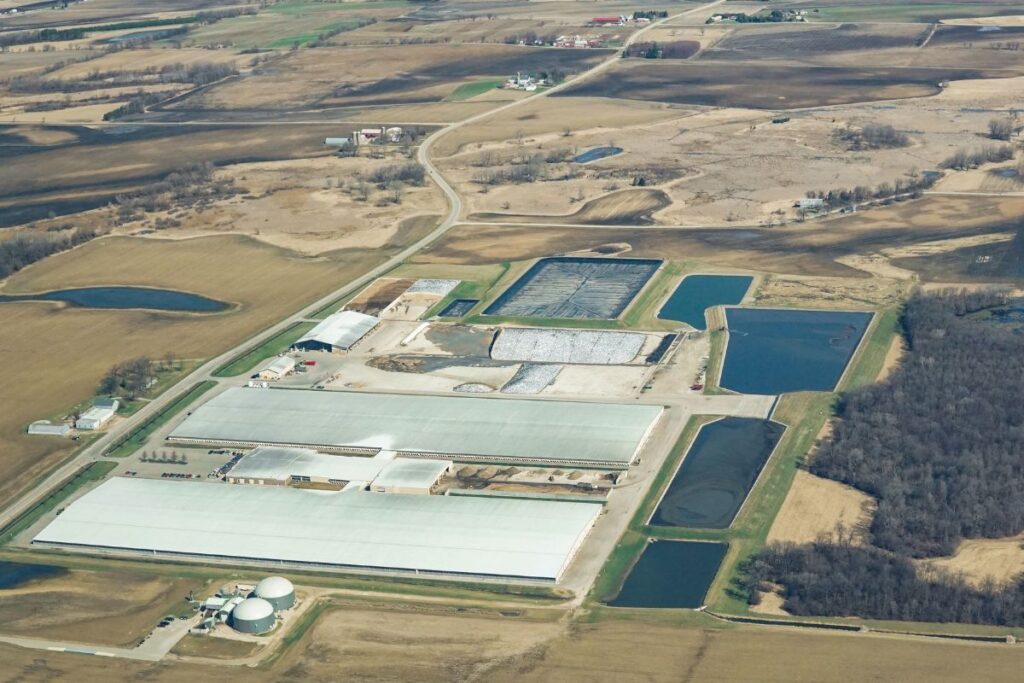
CAFOs create large volumes of animal waste at rates often excessive for the absorption of the surrounding landscape and ecosystems.
Manure runoff, waste application, and lagoon spills pollute surface and ground waters with nitrates, pathogens, and other contaminants, threatening soil health, habitat, and drinking water.
CAFOs are the largest source of agricultural greenhouse gases, worsening climate change. The built footprint of CAFOs also degrades landscapes.
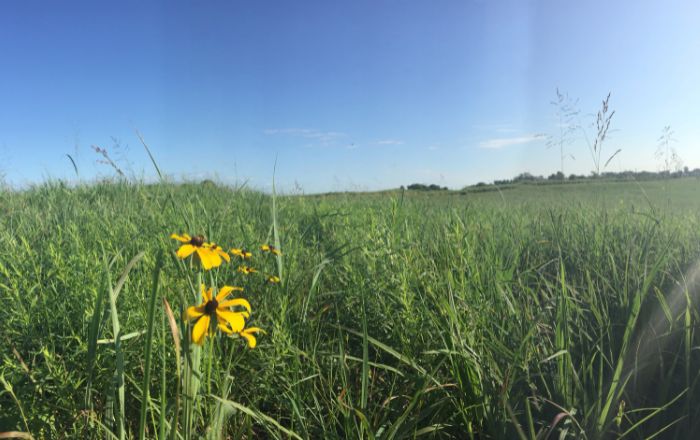
Studies show that CAFOs can expose workers and nearby communities to toxic air pollutants of ammonia, hydrogen sulfide, and harmful volatile organic compounds, Breathing this toxic air causes harm to respiratory and nervous systems, and can lead to disease.
Nitrates in drinking water are associated with increased birth defects, thyroid issues, reproductive harm, and blue baby syndrome. CAFO workers also face high rates of workplace injuries.
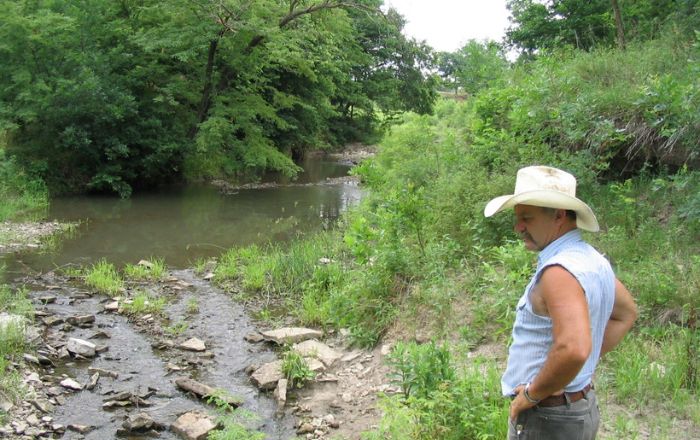
CAFOs diminish property values.
CAFOs push out smaller farms by distorting the market.
CAFO proposals can overestimate/underperform in economic output studies.
CAFOs often add extra costs to local infrastructure (roads, bridges, water).
CAFOs typically outsource materials and labor from outside the host community.
